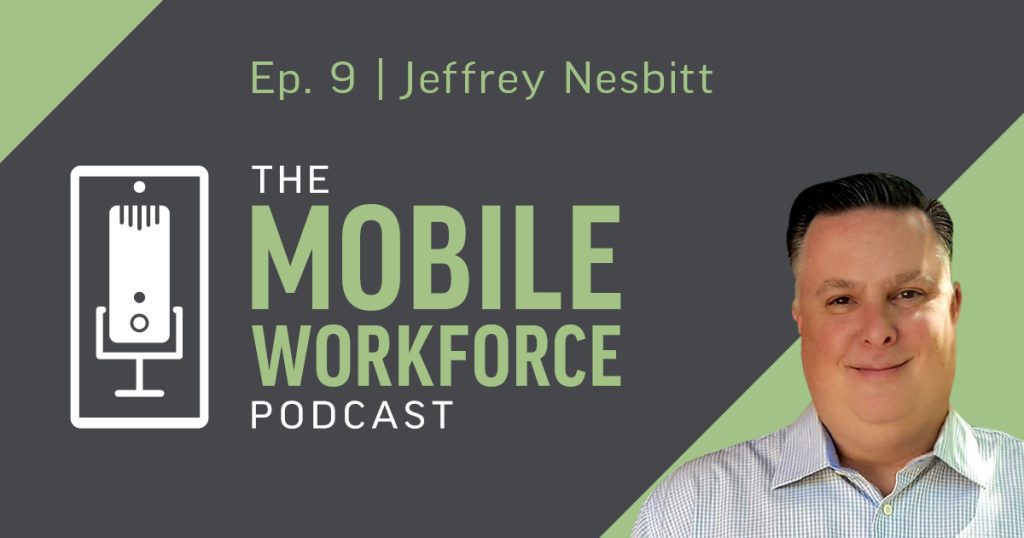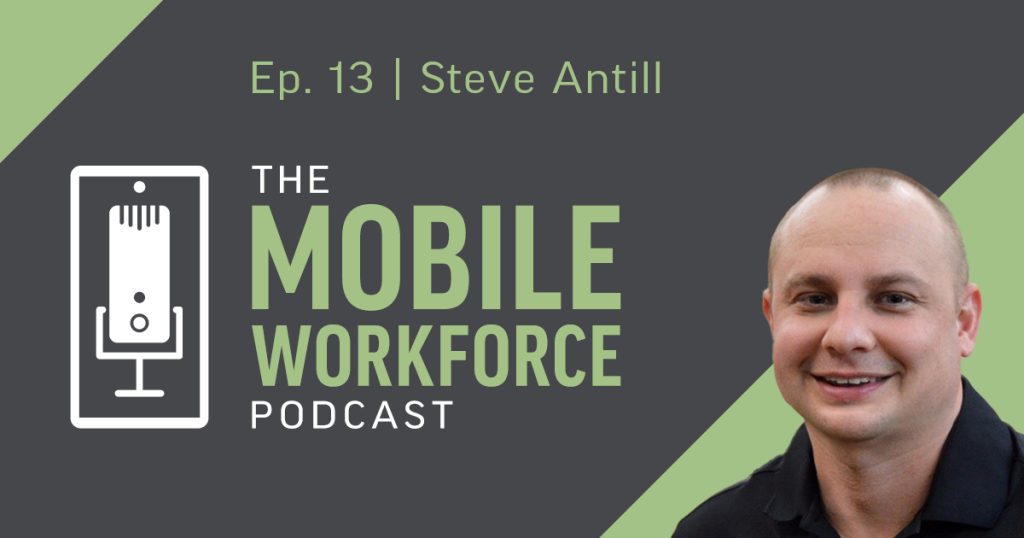The Rise of Extended Reality (XR) Technology in Construction
It’s critical for construction professionals to be able to visualize a completed project in advance. Fortunately, we have tools that can provide detailed and thorough plans and schematics –– these allow owners, architects and general contractors to see a project as it will be before ground is even broken. But there has always been a limit. Until recently, you could only represent a three-dimensional building on a flat surface. But the rise of extended reality (XR) changes everything and gives construction professionals a true 3D model to work from.
Today’s episode features Amy Peck, the Founder and CEO of EndeavorVR, a strategy and consulting firm focused on augmented reality, virtual reality, and symbiotic frontier technologies. Amy sits down with our host Mike Merrill to discuss how extended reality is changing the pre-construction process forever. Amy explains what XR is, how it is being used on job sites, and how contractors can implement and see the benefits from XR right away.
Key Takeaways
- XR technology comes in many forms. XR covers a number of technologies that give the user more information than their natural senses can give by themselves. Augmented Reality (AR) is on one end of the spectrum, and it gives a heads-up display on a phone or tablet interacting with an image the tablet is capturing. Virtual reality (VR) is on the opposite end of the spectrum. Here, the entire experience is projected from a helmet requiring no physical interaction with the environment. The most useful technology for contractors is Mixed Reality (MR) which is a blending of the two technologies.
- MR technology gives immediate feedback on the job site. MR can be used to give information to workers on the ground instantly and with confidence. One example is mixed reality can reveal the internal composition of a wall, revealing a BIM construct overlaying the actual field of view of the user where they can mark out digital readings on the physical environment. This effectively eliminates mistakes during construction and allows easy and efficient maintenance after the building is complete.
- Start with AR when getting into XR. XR doesn’t require prohibitive amounts of investment to get started. AR can work on any modern smartphone or tablet – all it needs is the right software to process the environment and start giving a heads-up display of information that keeps up with what the tablet is looking at. From there it is all about ROI. What part of the tech are you getting the most out of? What could you do with an MR environment? Let those questions dictate where your investment goes from there.



